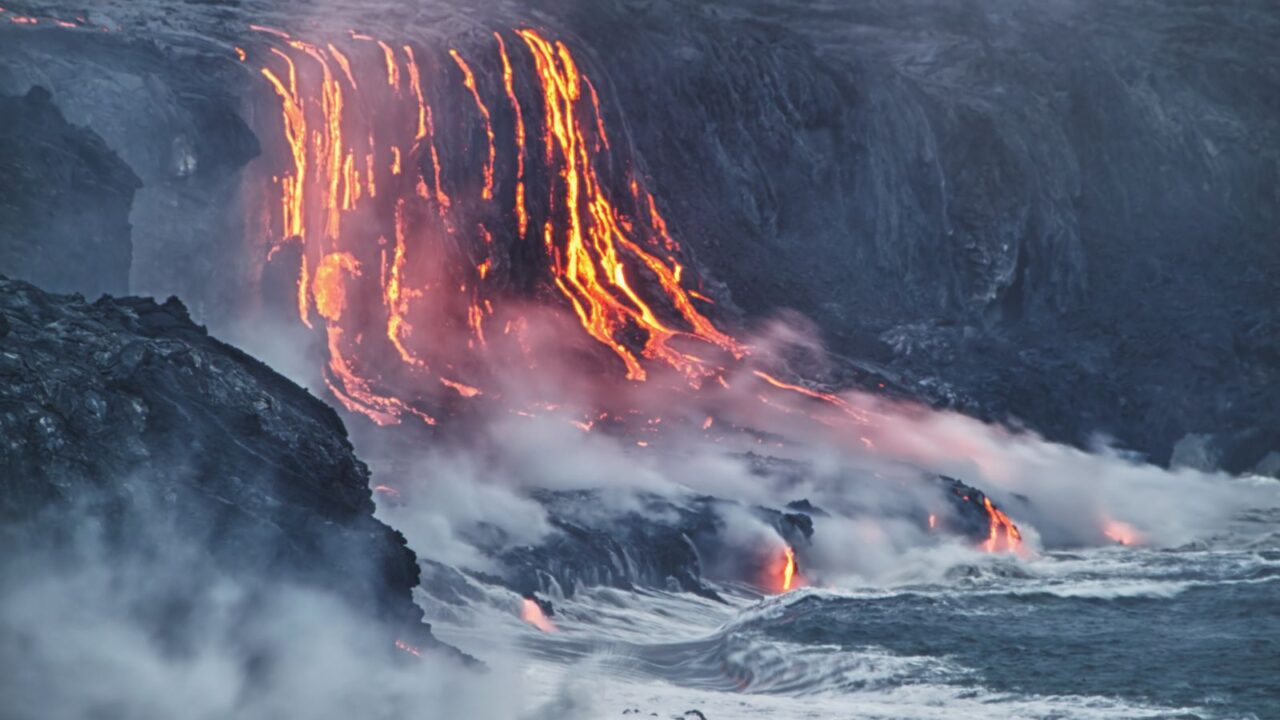
Lava Trails You Can Hike
You don’t need a passport to see ancient lava trails, just a sense of wonder and a pair of good shoes. Scattered across the U.S., remnants of volcanic activity from centuries or even millennia ago have formed surreal landscapes worth exploring. These trails are often hidden in quiet parks, desert plateaus, or forested valleys.
Let’s take a trip through lava country, without ever leaving the U.S.
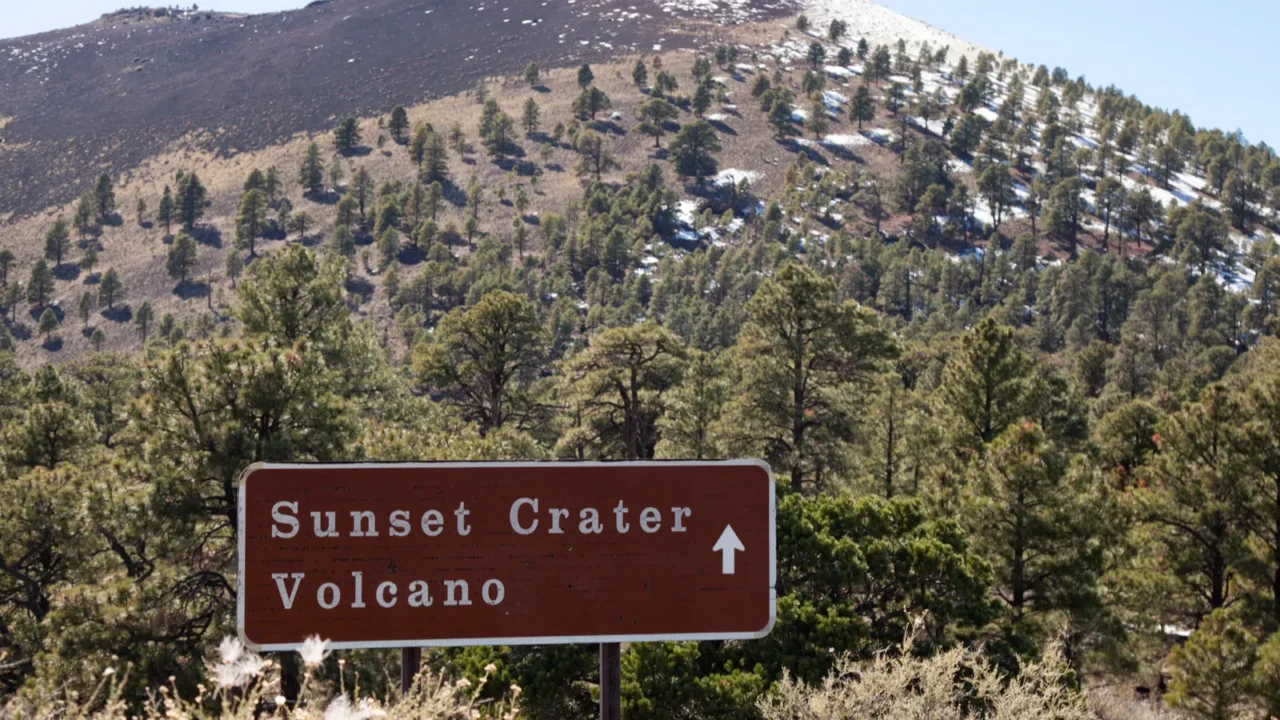
Sunset Crater Volcano, Arizona
Just outside Flagstaff, Sunset Crater is where cinder cones and lava fields stretch like waves frozen in time. The volcano erupted nearly 1,000 years ago, reshaping the land with molten rock that still marks the forest floor.
Today, the Lava Flow Trail takes you past eerie black rock, crater views, and resilient plant life that’s slowly reclaiming the area. It’s a short, accessible hike but feels like stepping onto another planet.
Pair it with nearby Wupatki National Monument for a full-day loop that blends geology and ancient culture. Bonus: the stargazing out here is just as epic as the landscape.
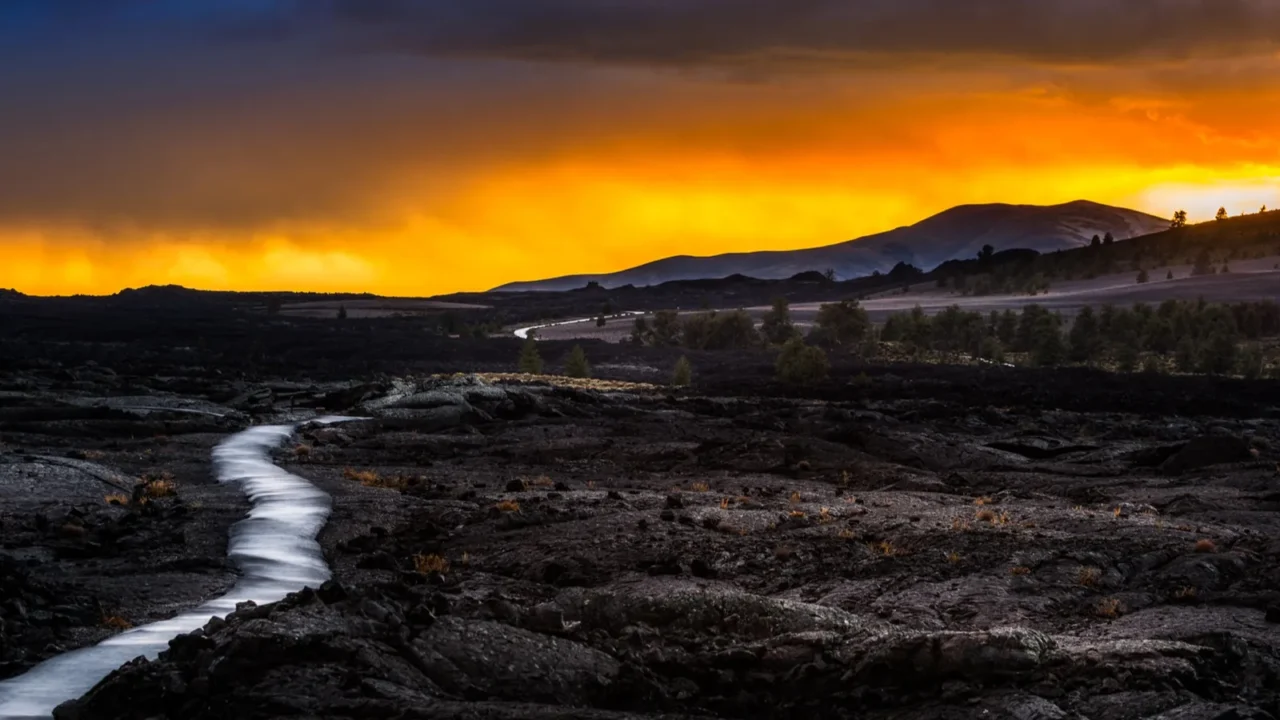
Craters of the Moon, Idaho
Idaho’s Craters of the Moon National Monument feels like a sci-fi movie set, and that’s not an exaggeration. Lava tubes, spatter cones, and surreal basalt flows stretch over 600 square miles, remnants of eruptions that began 15,000 years ago and lasted until just 2,000 years ago.
Trails like Devil’s Orchard or North Crater Flow let you get up close to lava formations with curious textures and colors. Even better? The park rarely feels crowded, so you can take in the stark beauty without distractions. Pack water, wear layers, and prepare to be amazed.
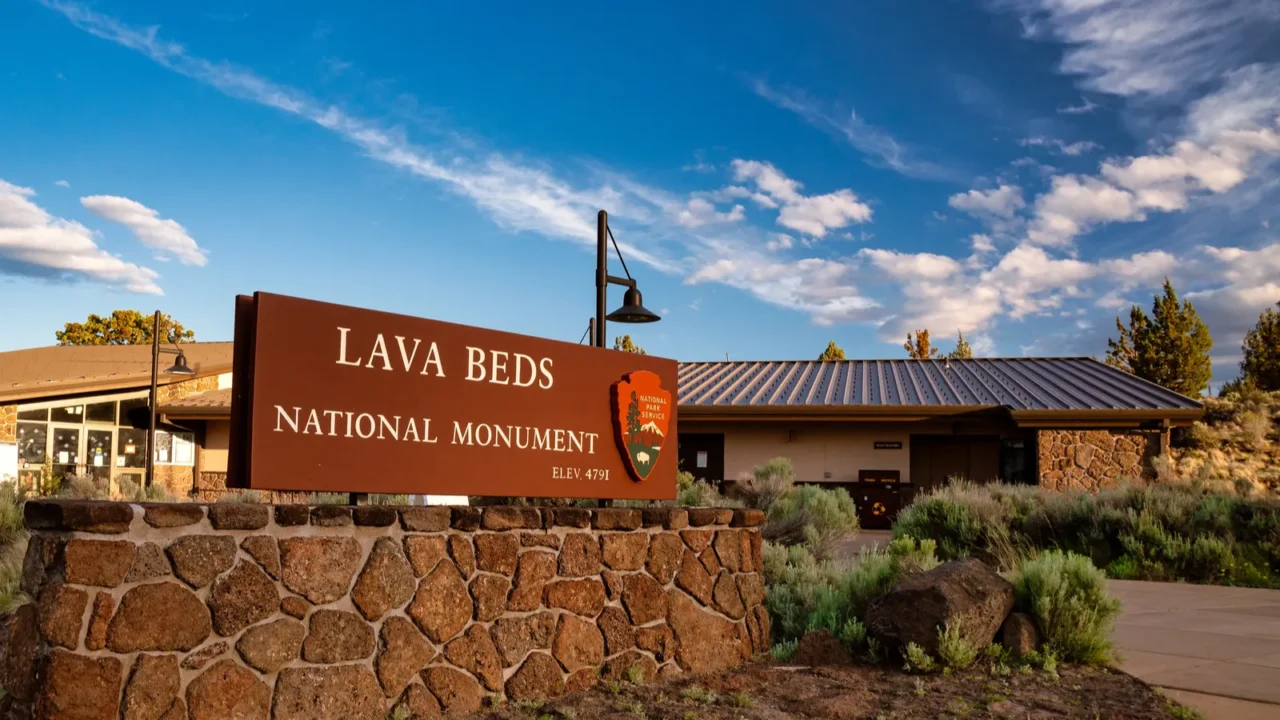
Lava Beds National Monument, California
Tucked in Northern California near the Oregon border, Lava Beds National Monument offers both above-ground lava flows and an entire underground world of caves.
Over 800 lava tubes wind beneath the park, formed by flowing lava that cooled on the outside but kept moving inside. Today, some are walkable, others require a flashlight and a sense of adventure. On the surface, trails weave through high desert terrain dotted with jagged rock and quiet views.
It’s less flashy than some national parks, but its volcanic past is just as wild. Bring sturdy shoes and maybe a hard hat if you’re heading underground.
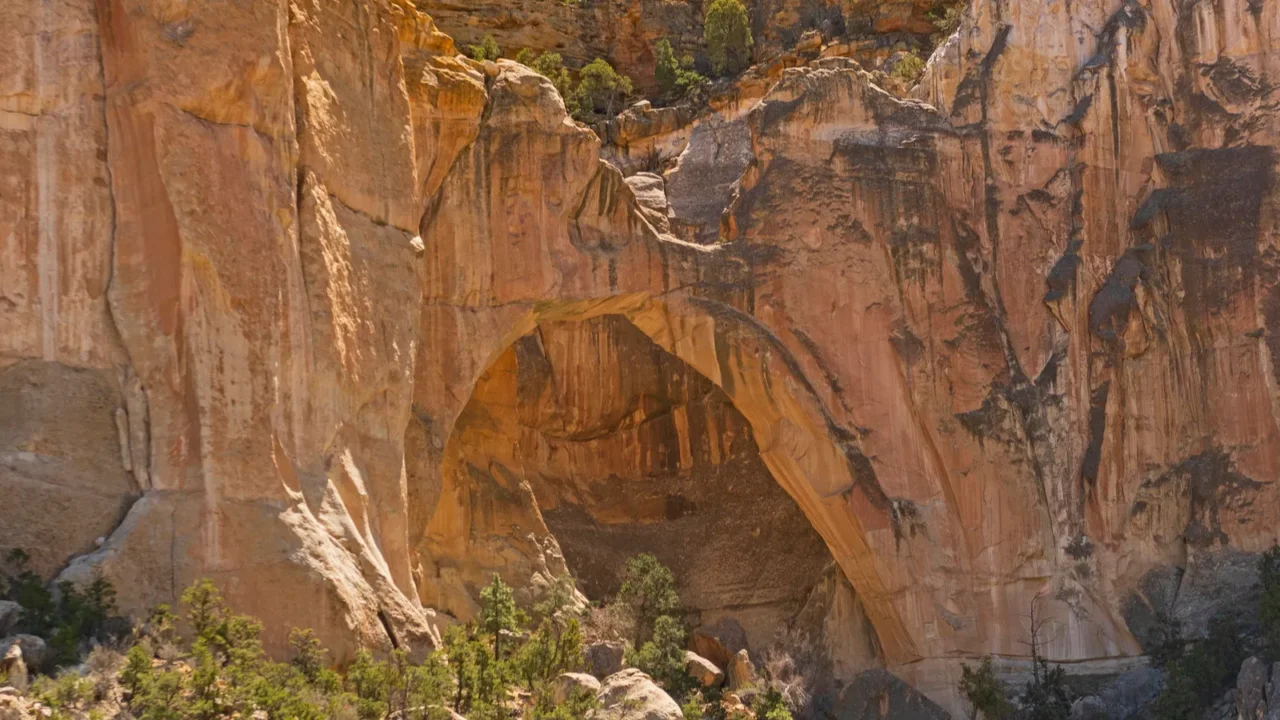
El Malpais, New Mexico
Translated as “The Badlands,” El Malpais is anything but boring. This volcanic field in western New Mexico is marked by rugged lava flows, deep sinkholes, and hidden ice caves, all remnants of eruptions that happened as recently as 3,000 years ago.
The Big Tubes Area lets you explore lava tubes tucked among pinyon and juniper, while the El Calderon Area offers easier trails with panoramic views of the lava fields.
It’s ideal for curious hikers looking for something off the beaten path. Bring a map. Trail signage is sparse, and don’t be surprised if you have entire lava trails all to yourself.
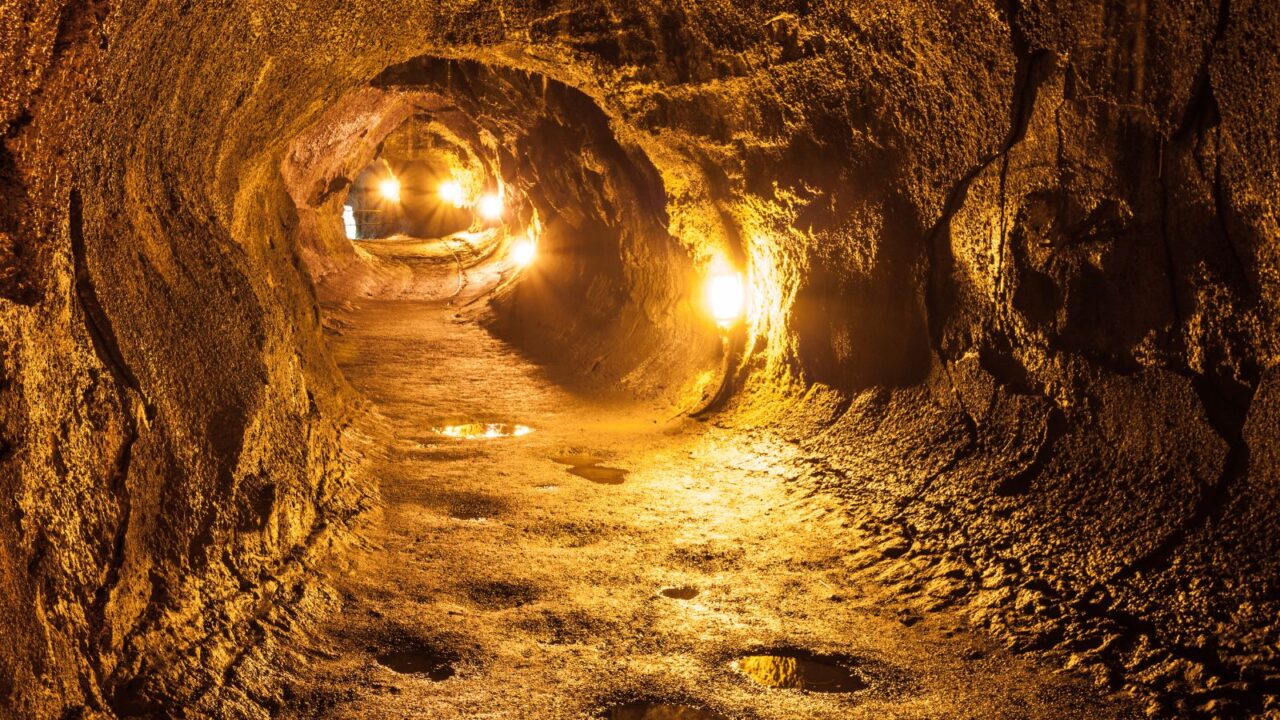
Hawaii Volcanoes National Park, Big Island
No lava trail list is complete without Hawaii. On the Big Island, Hawaii Volcanoes National Park combines science, culture, and drama. Kīlauea has erupted many times in recent decades, but some lava trails date back over 1,000 years, still visible across the island’s blackened coastlines and rainforests.
Hike the Kīlauea Iki Trail for a descent into a crater where lava once bubbled, or walk across hardened flows near Chain of Craters Road. The mix of tropical greenery and volcanic terrain is a reminder that life always finds a way. Just be sure to check eruption updates before planning your visit.
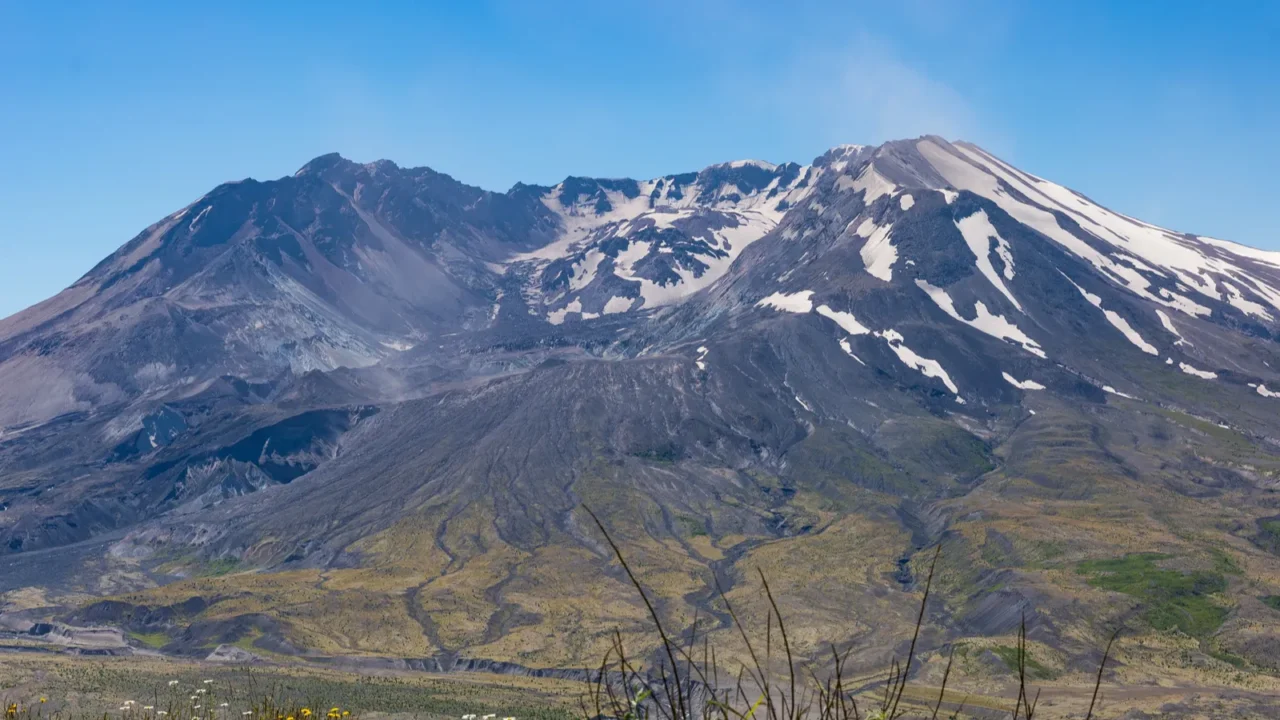
Mount St. Helens Lava Trails, Washington
Best known for its 1980 eruption, Mount St. Helens also offers ancient lava trails formed long before modern memory. Head to Ape Cave, one of the longest lava tubes in the continental U.S., for a descent into the dark side of this once-fiery mountain.
Above ground, the Hummocks Trail showcases where lava and mud reshaped the valley. Summer brings wildflowers growing in ash, making it both haunting and beautiful. For a full-circle view, drive up to Johnston Ridge Observatory; if visibility’s good, it’s unforgettable.
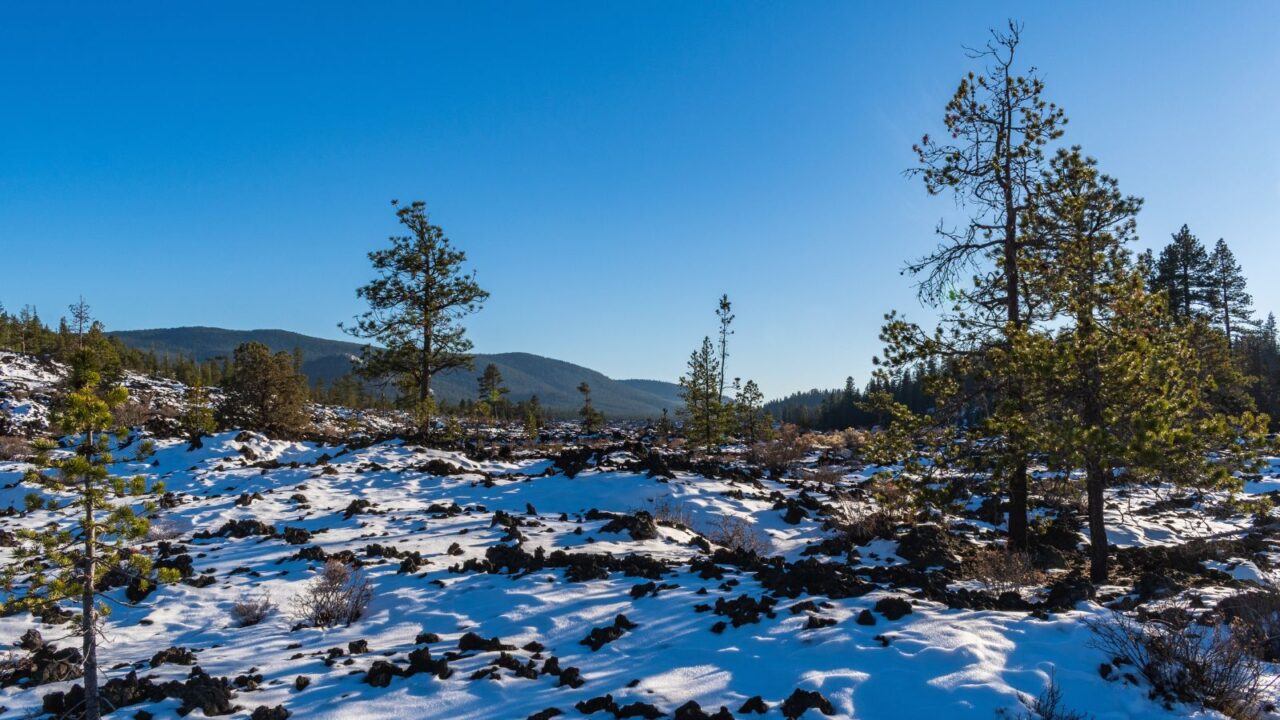
Oregon’s Newberry National Volcanic Monument
Central Oregon’s volcanic playground, the Newberry National Volcanic Monument, is a lesser-known gem with lava flows, caves, and craters galore. Start with the Lava Butte Trail for panoramic views over an ancient basalt flow, then venture into Lava River Cave, the state’s longest lava tube.
The whole area is part of a massive caldera that once held a supervolcano. Today, it’s a haven for hikers, bikers, and curious explorers. The contrast of black rock against blue sky is a stunner, especially at sunrise or sunset.
Nearby Bend makes a great base camp, offering breweries and cozy cabins after your adventure. Valley of Fires, New Mexico
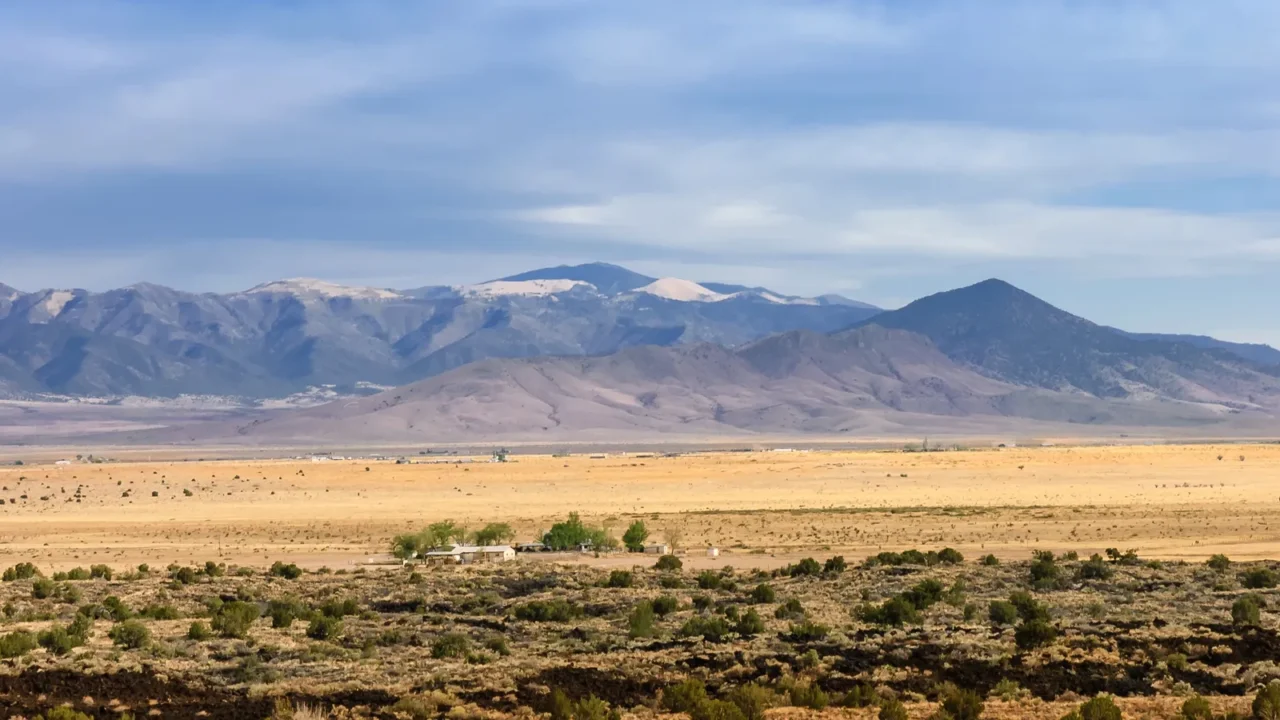
Valley of Fires, New Mexico
Not to be confused with Nevada’s Valley of Fire, this New Mexico version near Carrizozo is where you’ll find one of the youngest lava flows in the continental U.S., a mere 5,000 years old. The lava here spilled over 45 miles of desert, leaving behind a rippling sea of dark basalt.
A paved trail lets you walk through the heart of it, with interpretive signs explaining the history and geology. Wildflowers bloom around the rock in spring, but the lava itself is a year-round marvel. It’s peaceful, photogenic, and easy to access right off U.S. Route 380.
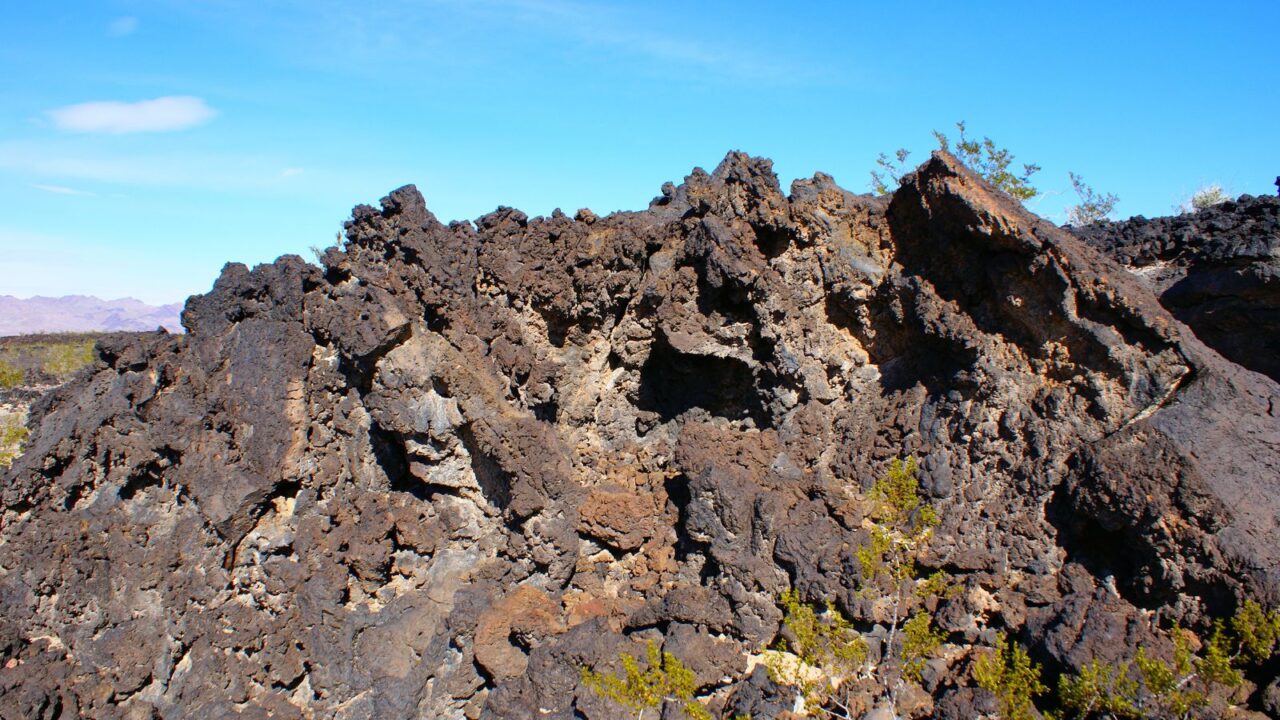
Pisgah Lava Flow, California
Just east of Barstow, California, the Pisgah Lava Flow feels like a roadside secret. Part of the larger Cinder Cone National Natural Landmark, this quiet spot in the Mojave Desert is the remnant of a lava-spewing eruption that happened around 20,000 years ago.
There are no formal trails here, but you can climb the cinder cone and walk across the jagged basalt landscape at your own pace. It’s rough, unshaded terrain, so bring water and go early, but the reward is a strangely silent, untouched world. And yes, it makes for an epic detour on a California desert road trip.
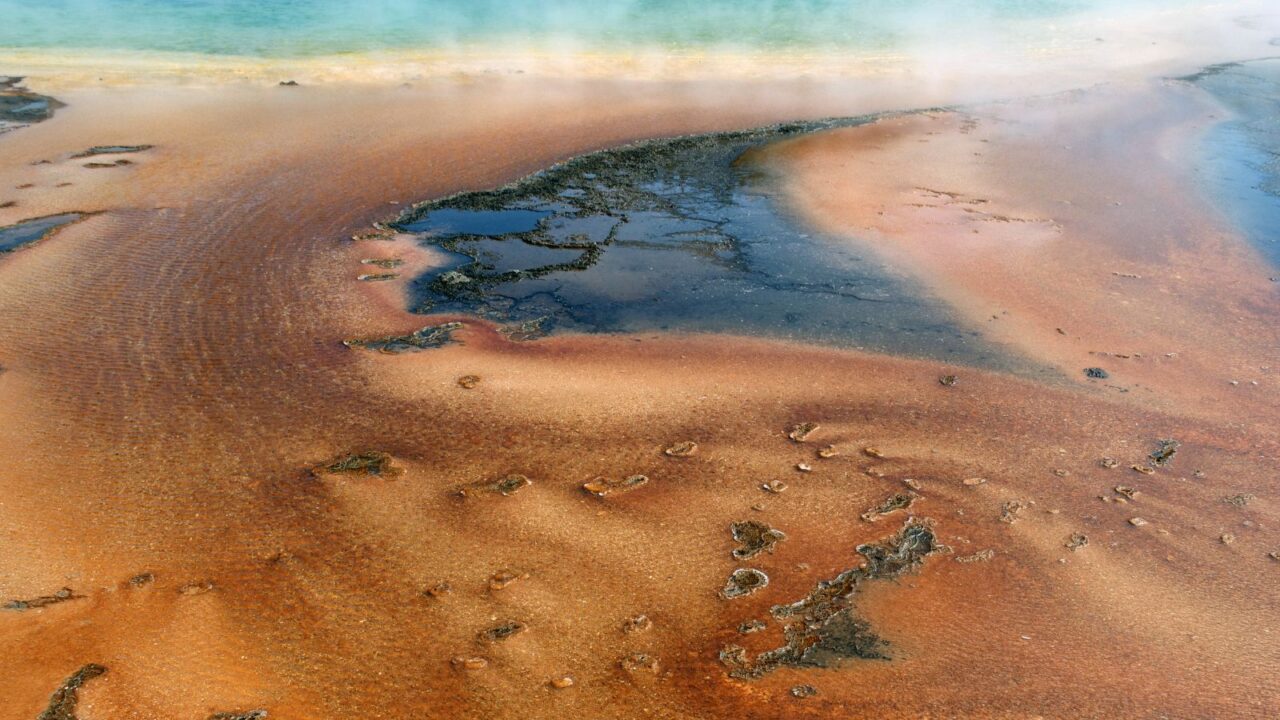
Yellowstone’s Lava Layers, Wyoming
While Yellowstone is famous for geysers, its foundation is pure lava. Beneath those hot springs lies a supervolcano that shaped the park’s terrain through massive lava flows over millennia.
Some of the park’s most famous sights, like the Grand Canyon of the Yellowstone and Obsidian Cliff, are carved from cooled lava and volcanic glass. Even trails around Mount Washburn and Tower Fall trace volcanic deposits.
You won’t find dramatic lava fields here, but Yellowstone is still lava-born, and its beauty owes much to its molten history. Plus, spotting geysers bubbling over ancient rock is a reminder that the Earth is still restless here.
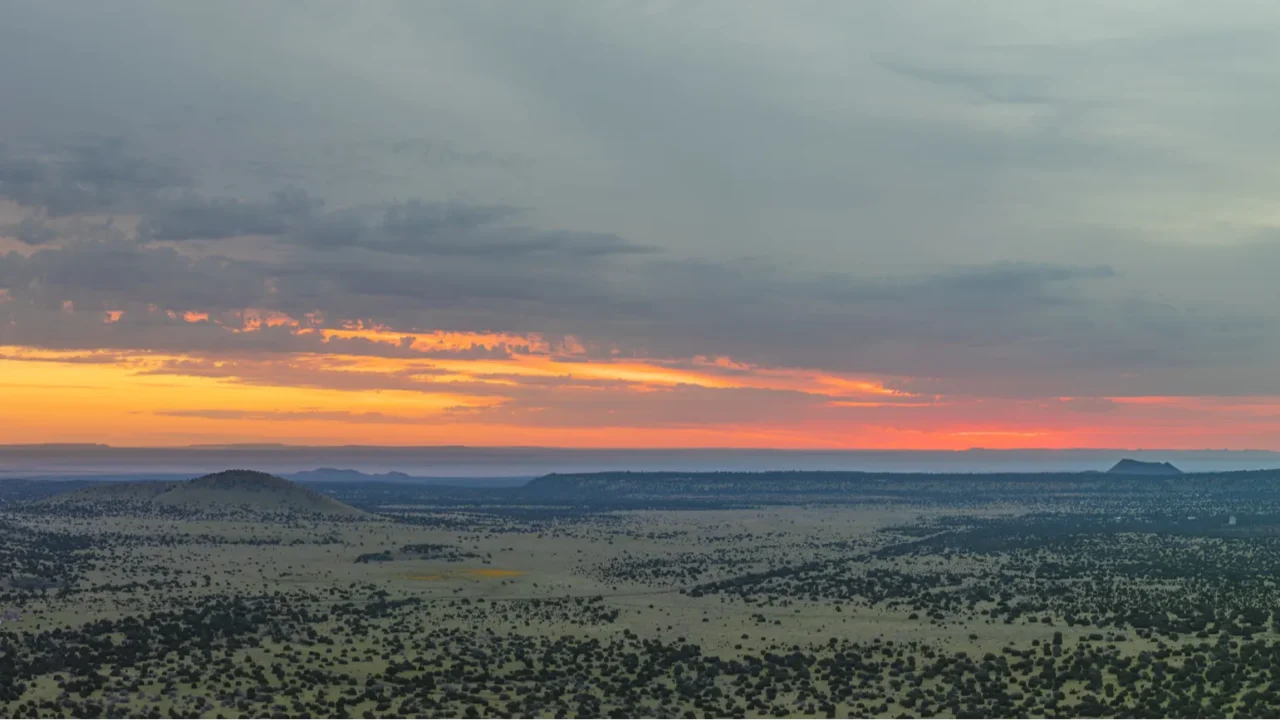
San Francisco Volcanic Field, Arizona
Near Flagstaff, the San Francisco Volcanic Field is home to over 600 volcanoes. While Sunset Crater is the star, this whole region is a patchwork of old lava trails, cinder cones, and basalt fields stretching across northern Arizona.
Hikes like O’Leary Peak and Lenox Crater take you high above these ancient flows for stunning views and serious perspective.
Many of the trails are forested, making it a peaceful contrast to the dramatic rock formations underfoot. It’s a perfect mix of desert-meets-mountains, and ideal for travelers who like their volcanoes with a side of solitude.
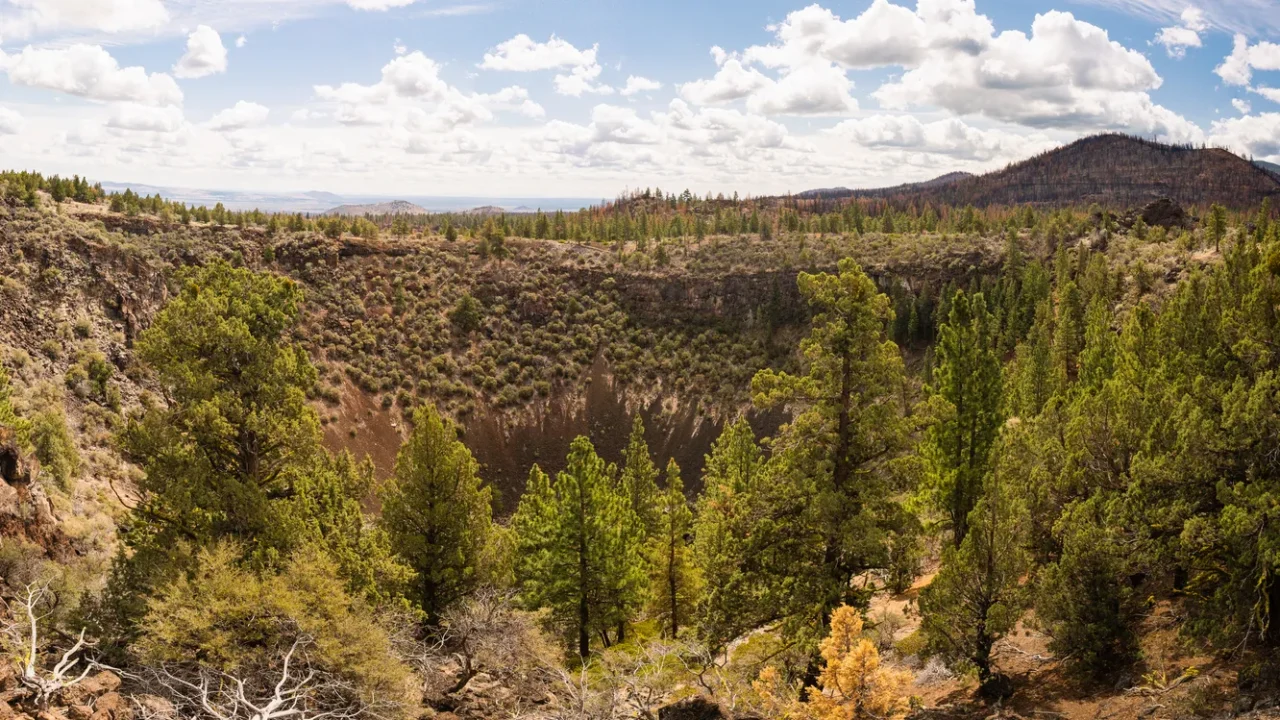
Medicine Lake Volcano, California
Hidden in Northern California, Medicine Lake Volcano is larger than Mount St. Helens but almost unknown outside geology circles. It’s a shield volcano, which means it erupts with flowing lava instead of explosions, creating long, smooth lava trails that snake through forested terrain.
Hike Glass Mountain or the Giant Crater Lava Beds for views over dramatic obsidian fields. This place is wild, vast, and quietly beautiful, ideal for those who want to get off the tourist track. The contrast of shiny volcanic glass against pine trees is something you won’t soon forget.
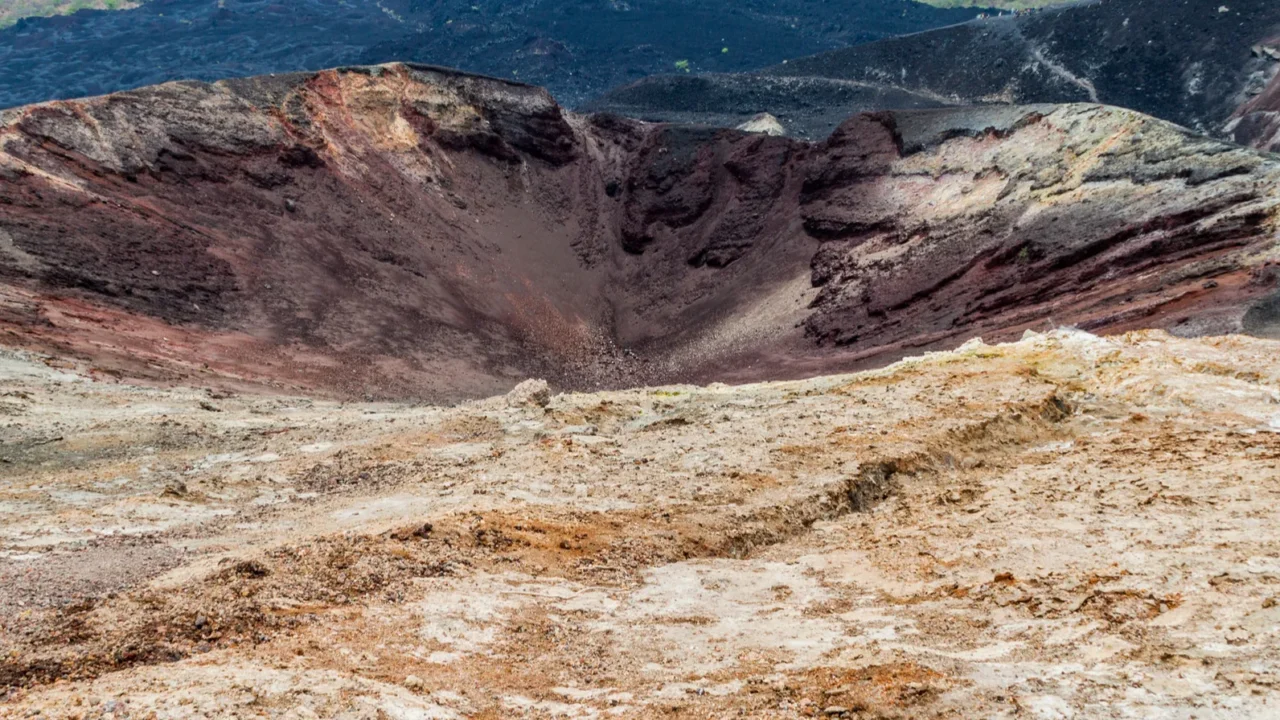
Jordan Craters, Oregon
Tucked away in southeastern Oregon’s high desert, the Jordan Craters are remote but worth the detour.
The main lava field, Coffeepot Crater, erupted around 3,200 years ago, and the trails still wind through smooth, ropey pahoehoe lava. There’s a rugged jeep road to reach the site, but the solitude and open skies make it a unique experience.
You won’t find visitor centers or paved trails here, just miles of lava and silence. Bring a picnic, stay for the sunset, and feel like you’ve stumbled onto Mars. This is one of those places where the journey is half the adventure.
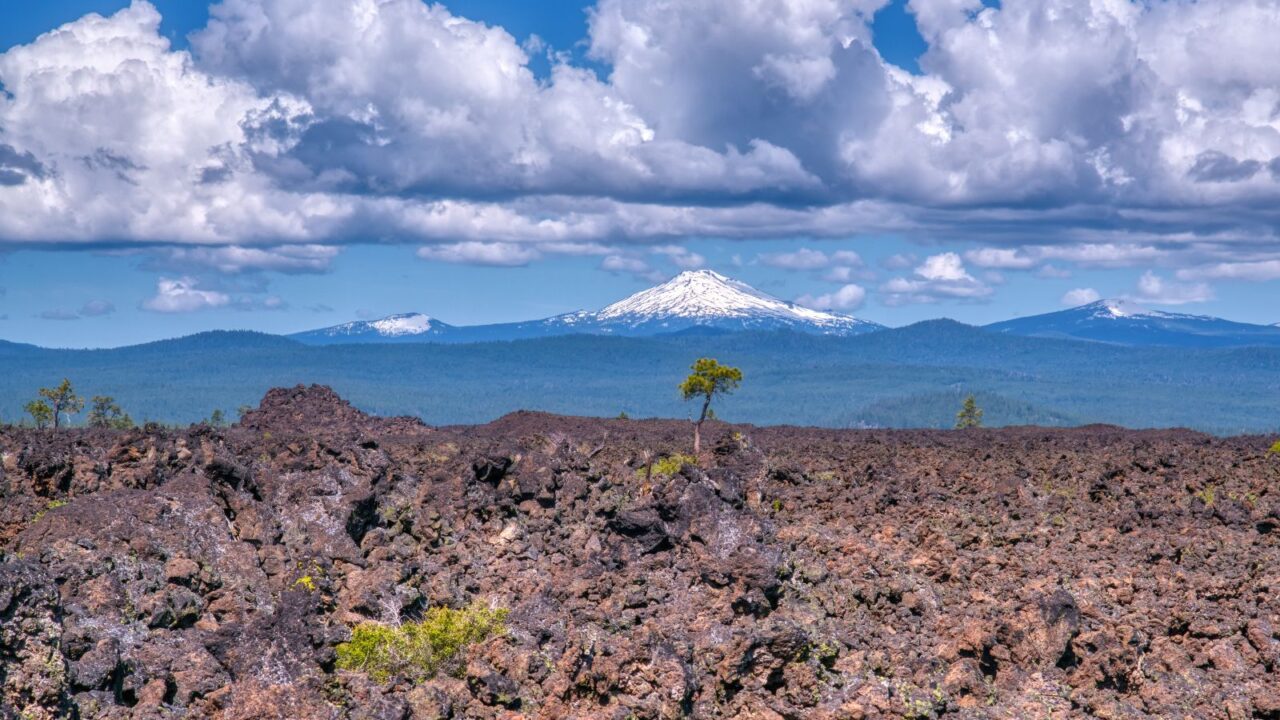
Mount Bachelor’s Hidden Lava Fields, Oregon
Known mostly for skiing, Mount Bachelor also hides a volcanic history. It’s part of the Cascade Volcanic Arc and surrounded by lava trails from past eruptions.
Summer reveals a very different side of the mountain; trailheads near Lava Lakes, Sparks Lake, and the Cascade Lakes Scenic Byway open up to fields of basalt and towering lava cones.
These trails are scenic, uncrowded, and family-friendly. You can even paddle a kayak on waters that once bordered active lava fields. Check out the ultimate weekend road trip plan to map out your own adventure through these wild, scenic landscapes.
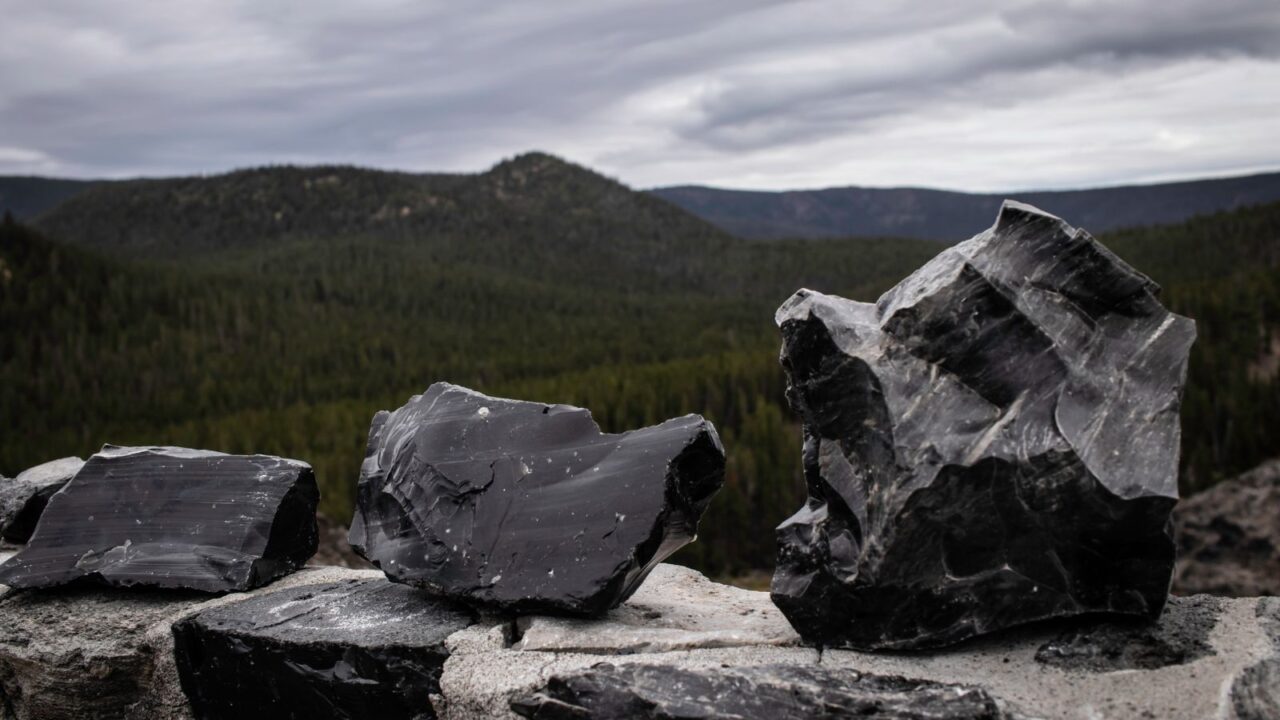
The Big Obsidian Flow, Oregon
Inside the Newberry Caldera, Oregon’s Big Obsidian Flow is exactly what it sounds like, a massive river of black volcanic glass, created just 1,300 years ago.
A short loop trail takes you across shiny, sharp terrain that glints in the sun. Interpretive signs explain how the flow formed and how life slowly returned to the land. It’s both haunting and hopeful, and because obsidian holds heat, it’s best visited early or late in the day.
Craving a softer side of nature after all that volcanic drama? Trade black glass for blue waters and discover the serene beauty of the dreamiest lakes waiting in the North Star State.
Have you ever walked across ancient lava trails, or is one of these spots calling your name? Share your thoughts in the comments.
Read More From This Brand:
- What Aspen Lodges Get Right About Cozy Mountain Decor
- Istanbul’s Grand Interiors and the Art of Ornate Layering
- Parisian Apartment Style, Inspired by Real Haussmann Homes
Don’t forget to follow us for more exclusive content right here on MSN.
This slideshow was made with AI assistance and human editing.